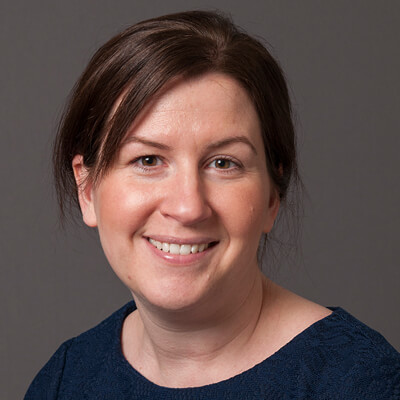
Postdoctoral Fellow
National Cancer Institute
Estimating Sociodemographic Inequities in Potential Exposure to Point Source Carcinogenic Industrial Air Pollution Emissions in the United StatesEach year, tens of thousands of industrial facilities report annual releases of toxic chemicals into the air across the United States. Air emissions include known and probable carcinogenic (cancer-causing) substances, such as benzene, dioxins and dioxin-like compounds, and metals. Prior studies from decades ago suggest that racial and ethnic minority groups and populations with low socioeconomic status are more likely to live within 1.5 miles of these facilities than Whites and those living above the poverty line are. Environmental conditions contribute to cancer health disparities, but few studies have focused on identifying how point sources of pollution are distributed among the general U.S. population.
Differences in neighborhood-level exposure to environmental pollution are likely to lead to environmental health disparities. Dr. Madrigal proposes to use geographic information system (GIS) technology coupled with census population data to investigate the distribution of point-source pollutants across the United States and examine how this distribution is correlated with the sociodemographic characteristics of the population. In particular, her study aims to characterize the exposure sources at the population level and to describe the relationships between the density of point-source carcinogenic emissions and sociodemographic characteristics across all census tracts in the United States. A critical step in this study will be to determine patterns of exposure linked to spatial and temporal variation in known and probable carcinogenic point-source air pollutants produced annually in the United States; this data may then be used to evaluate associated health risks. The findings of this study will provide critical information to aid in the understanding of potential causes of cancer and inform targeted public health policies and interventions.

















